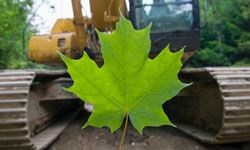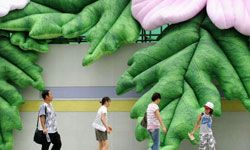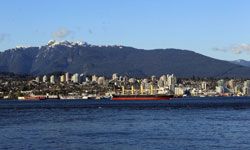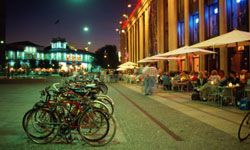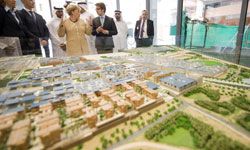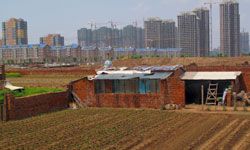With the cost of energy consumption rising both in terms of dollars and impact on the environment, and with global population swelling to record numbers, many builders are incorporating green construction methods to meet these challenges.
In short, green construction uses an array of conscientious design and building practices to enhance the energy efficiency of a building while mitigating its environmental and ecological impacts. Rating systems like Leadership in Energy and Environmental Design (LEED), a certification developed by the U.S. Green Building Council in 2000, gauges the ecological soundness of material selection, water and energy consumption, indoor environmental quality, and other factors. The LEED system has counterparts in other countries, including Canada and Brazil, and many developing and industrialized nations have homegrown agencies to promote environmentally sound building practices.
Advertisement
What are the best cities for green construction? Some are the longstanding sustainable building standard-bearers you might expect, while others might seem to be unlikely candidates in emerging markets around the world. But to start, let's go to the home of the oldest LEED-certified building in existence.
